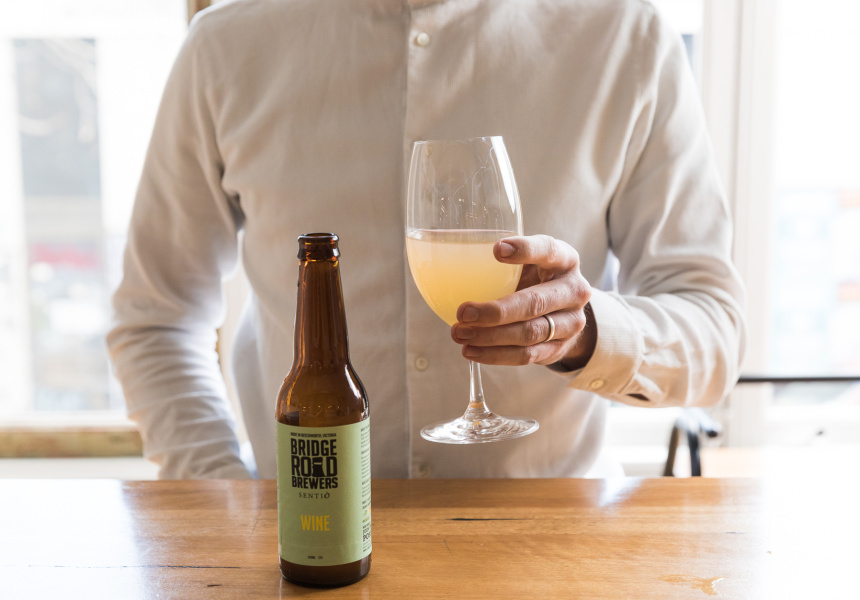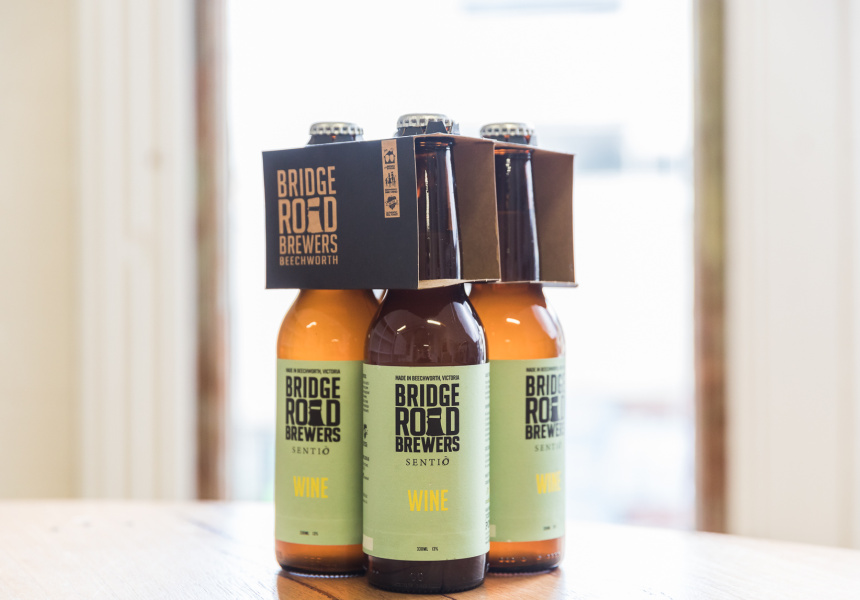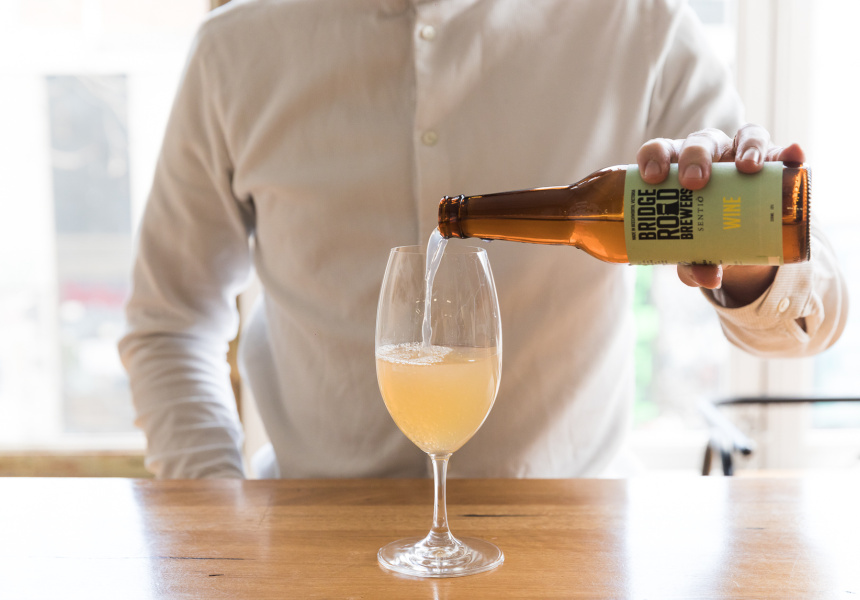Bear with us. We don’t want this to turn into a microbiology lesson, but it’s necessary to slog through a bit of jargon to understand what makes the latest release from Bridge Road Brewers – a wine! – special.
Here we go.
In the beer and wine industries, there are two main families of yeast, Saccharomyces and Brettanomyces. Both convert sugars into alcohol, but with different results.
We think you might like Access. For $12 a month, join our membership program to stay in the know.
SIGN UPIn general, Saccharomyces are seen as “good”. They’re used to ferment nearly all wines and beers on the market, including big sellers such as Carlton Draught, Mountain Goat Steam Ale, Pepperjack shiraz and Peter Lehmann riesling.
Brettanomyces (often shortened to “Brett”) are often perceived as “bad”. They can produce “off” flavours variously likened to a barnyard, Band-Aids, antiseptic, sweaty horse saddle and rancid cheese. When enough of these flavours show up, many brewers and winemakers will declare the product infected or spoiled. Despite this, plenty of wines feature minor concentrations of Brett and it plays a strong role in beer styles such as lambic and saison.
This simplistic good/bad dichotomy is changing slowly, thanks to natural wine makers and brewers of wild, sour and farmhouse beers. Both groups understand Brett can be used constructively, much like mould in blue cheese. Ditto for bacteria such as lactobacillus and pediococcus, and other traditionally undesirable microbes.
Bridge Road Brewery in Beechworth just released a chardonnay fermented with 100 per cent Brettanomyces. (Specifically, Brettanomyces claussenii, a strain with none of the nasty off-flavours described above.) The product is simply called “Wine”. It’s being sold in 330-millilitre stubbies with a traditional crown seal and there are just 70 slabs available.
“I’m always discussing fermentation and yeast with the local wine guys,” says owner and brewer Ben Kraus, who studied viticulture and oenology before starting his brewery.
“I don’t think we’re going to revolutionise the industry with this. It’s clean tasting, but if we’re going to blow people’s minds we’d have to do a better job. But it’s proven that, ‘Hey, this is all made with Brett and guess what, it’s got no bad Brett characters.’”
And this isn’t for everyone. It’s hazy and tastes like an ultra-dry apple cider, with a tart, effervescent finish but no sugar to take the edge off. A bottle passed around the Broadsheet office elicited more confusion than anything. “What is that? Cider?” “Where did this come from?” “I like it, but is it beer or wine?” “It needs food – I don’t think I’d drink it otherwise.”
“To make it appeal to more people we could have added sugar to it, probably given it some oak treatment,” Kraus says. “Put it in barrel and then age it to build up the profile and levels of flavour. And then filter it. But we decided not to do all that.”
But the owner of Beechworth winery Sentio, which supplied the fresh grape juice for the Wine, has. Chris Catlow has his own version of the chardonnay currently sitting in barrel after fermenting it the “normal” way.
In the context of a winery, normal means putting the grape juice in a vat and inoculating it with a commercially cultivated “killer” strain of saccharomyces – one that races through the mixture and outcompetes less-desirable yeasts (such as Brett) and bacteria.
Breweries don’t work this way. Due to beer’s lower alcohol content and the different organisms that grow on barley, infection is a much bigger risk. Most breweries’ fermentation tanks are sterilised completely before they accept any liquid. They’re also counter-pressurised with carbon dioxide to minimise oxygen contact. Beer is more sensitive to oxygen spoilage, hence why you never decant it before drinking.
Kraus more or less followed this method at the brewery, pasteurising the raw juice to kill any latent organisms, adding a commercial strain of Brett and then leaving the beer to settle down in stainless steel. The finished product was bottled like a beer, with oxygen flushed from the bottle by carbon dioxide before the liquid went in, which is another step many wineries don’t take.
We admit it: Bridge Road Wine won’t be everyone’s favourite new drink. But it’s pushing the boundaries of what’s possible. That alone makes it worth tasting and talking about.
Stockists
Project 49
107 Cambridge Street, Collingwood
McCoppins Abbotsford
501/509 Victoria Street, Abbotsford
Hampton Wine Co.
444 Hampton Road, Hampton
Grape & Grain
14–16 Station Street, Moorabbin
The Hops and Vine Australian
3 & 4/242 Yarra Street, Warrandyte
Cellarbrations Sunshine
263 Hampshire Road, Sunshine
For Melbourne’s latest, subscribe to the Broadsheet newsletter.



